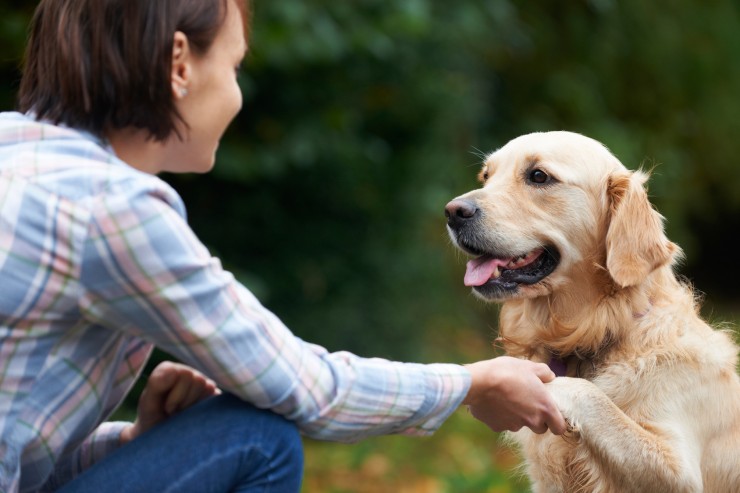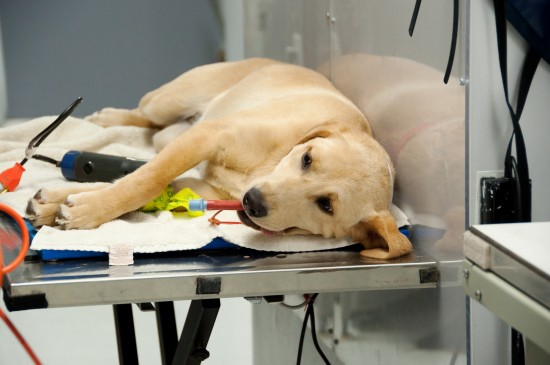With the number of dogs being registered every year, it is evident that many people are amazed with what a furry four-legged creature can do. Dogs have "cuteness" factor that is guaranteed to steal almost every pet lover's heart. One of those breeds that possess such cuteness is the shetland sheepdog. This breed is not only champion in appearance. They also have high level of intelligence which is important in becoming successful in sheltie training.
Sheltie training is not impossible neither a very easy task. But to achieve your goals of having a behaved pet, it is important that you are well aware of what works best, including training tools, for your pet. Training tools such as collar must top the list of must-haves for your pet. But take note that, you just can't choose whatever collar you like. You have to consider it's:
Functionality.
Collars vary depending on their purpose. Choke collars, also called chain collars are commonly used to train service dogs or agility training. This type of collar, though often recommended to first time dog owners, must be used with caution to prevent accident. Head collars, though they look like muzzles, have different purpose. Use this if you want to have more control over your dog particularly when training him to walk on a leash and heel. Pronged collars are ideal for giant breeds while electronic collars can be used to dogs that are seemingly untrainable. However, be cautious when using the latter for it is not advisable for youngd dogs or those with health problems.
Size and comfort.
A collar must fit comfortably around a dog's neck. It must not be too tight to choke your dog's neck or too loose to be able your dog to slip off it. You should be able to fit two fingers between your pet's neck and collar to ensure that the collar is correctly placed.
Affordability.
Although quality is often associated with price, expensive ones may not be neccessary all the time. You may only need simple and cheap collars when training your dog to stop barking or chewing.
Collars are effective sheltie training tools but bear in mind that what they are doing is part of the job only. Remember that using positive reinforcement such as praise and treats are important as well.

 A Great New Years Resolution - Get Healthier With Your Dog
A Great New Years
A Great New Years Resolution - Get Healthier With Your Dog
A Great New Years
 Why Cats Need To Mark Their Territory
Why Cats Need To
Why Cats Need To Mark Their Territory
Why Cats Need To
 Anaesthesia & Dogs Explained
Anaesthesia & Dog
Anaesthesia & Dogs Explained
Anaesthesia & Dog
 Seven Weird Cat Behaviours, Decoded
Seven Weird Cat B
Seven Weird Cat Behaviours, Decoded
Seven Weird Cat B
 Why should you opt for a dog daycare for your furry partner?
Why should you opt for a dog daycare for your furry partne
Why should you opt for a dog daycare for your furry partner?
Why should you opt for a dog daycare for your furry partne